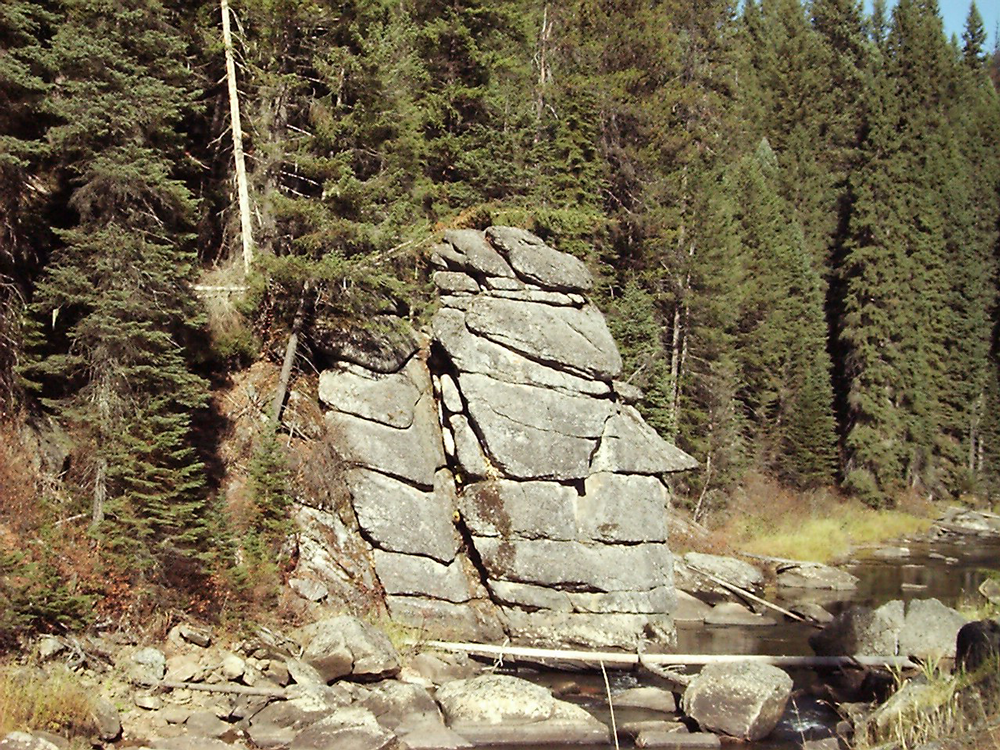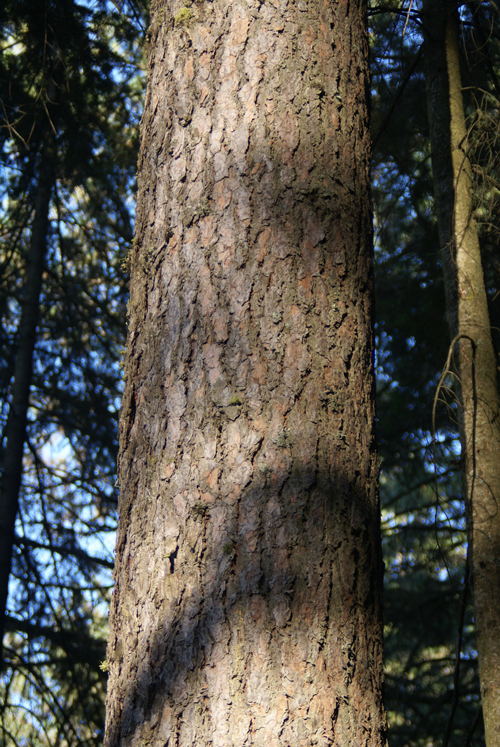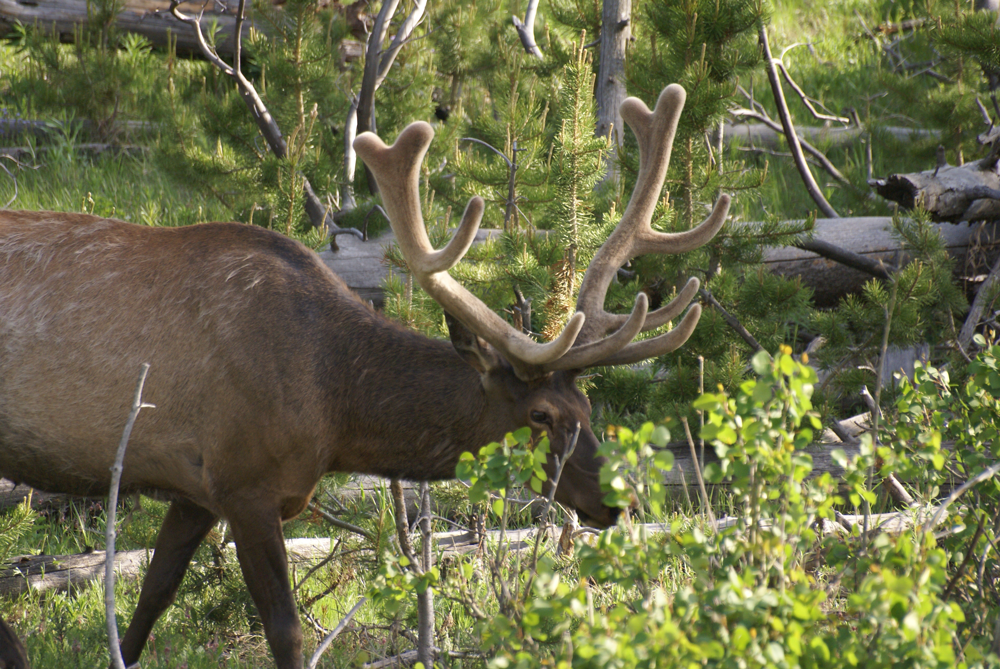Past - Present - Future Interface is found here
The FRASS Approach brings temporal value comparisons into clear view.
Time Value of Money lies at the core of the FRASS system approach. The data assembled serve the purpose of seeking the balance between the actual cost and the optimal price of timber. It is as a major component of owning and managing lands. Timber resource volume extrapolated into the future (Growth & Yield) is brought into cohesive synthesis with values of historic log markets. The entire volume/price architecture is supported by a “past-present-future” price interface. Here it is analyzed as prices without distortion of the “time factor” of money. Ultimately, we find financially optimized timber harvest rotation lengths and their future and discounted values.
When all relevant property information is integrated, your options become visually convincing to articulate your information packages.
Information Leads to Options
- Itemized cost forecasting for many phases of forestland management, timber harvesting, reforestation, and overhead & administration expenses;
- Delivered Log Market Real Price Appreciation Forecasting;
- Tracking of Nominal Prices from historic prices in the log market,
- Tracking of Real Prices using Nominal prices and inflation rate data,
- Real Price Appreciation forecasts by delivered log market sort and species groups,
- Intra-company sharing of Market & RPA Portfolios for editorial purposes,
- Review and comment, as requested, for RPA Portfolios,
- Determination of financially optimal timber stand rotation lengths into perpetuity;
- Timber volume by sort and grade at each rotation’s scheduled harvest,
- Timber value by sort and grade,
- New road construction cost and timing,
- Timber stand value estimated for all analysis periods.
- Land Value Forecasting;
- Income Capitalization Approach land value estimate,
- Soil Expectation Value / Bare Land Value for entire parcels,
- Full parcel report generation;
- Sensitivity analysis to parameter changes,
- Full Parcel Report for analysis purposes,
- Establishes full parcel characteristics and value at any point in time,
- Extensive Assembly of Resource Data;
- Maps for over 20 selected attribute themes of interest across the ownership,
- Physical site characteristic summaries for each parcel,
- GIS data,
- Interactive mapping applet of parcels,
- Joining of forest Growth & Yield data with GIS and economic data for parcel valuation purposes with optimal stand rotation timing solutions.


Portfolios Enrich Knowledge
The FRASS program allows the creation of both Delivered Log Market Portfolios and Real Price Appreciation Portfolios. Within each User’s subscription account these are revisited at any time, modified, and shared with others in the subscription. Users can apply their portfolios to as many parcels as they wish. They are used to generate reports; assumptions are summarized alongside the parcel value report.
All reports generated for the users are held in the confidential server infrastructure, accessible only by authorized users.
Comparisons with traditional forestland valuation methods
Comparison between the FRASS approach and traditional methods has been conducted on six parcels. The area totals about 240 acres with 34 discrete timber stands. FRASS brings these analysis criteria into focus using data you already created for your forestland properties, blended within the context of the FRASS Approach.
Culmination of Mean Annual Increment
Mean Annual Increment (MAI) refers to the average annual growth of trees per year has exhibited through time. This measurement has been used by practitioners looking specifically at the growth capacity of the forest with no meaningful consideration given to the value of the timber in the forest. A parcel test-group has been analyzed by Forest Econometrics to determine some comparative measures of forest productivity. This test-group held an average 240 year Culmination of Mean Annual Increment (CMAI) defined as the point when the MAI equals the Periodic Annual Increment (PAI). The timber stand’s biological optimum rotation length will always be longer than the Financially Optimum Rotation Length due to the impact of the time value of money.
Where these timber stands would be optimized using CMAI at an average 240 year rotation, the financially optimal timber stand rotations averaged 73 years – an average reduction of 167 years on each timber stand. Timber stand rotation lengths were reduced to about 33% of the CMAI solution.
Financial Optimization Using Traditional Methods
Financial optimization involves determining the future value of timber on each timber stand, with associated costs, and discounting the future values to present-day terms. Under the traditional forest valuation approach, each current timber stand would be analyzed to determine its financially optimal rotation length. It is done only for that single timber stand’s rotation. The Faustmann Formula (Soil Expectation Value – SEV) would be applied to one future timber stand rotation on that timber stand. It is based on specific site characteristics to give rotation lengths into perpetuity with an accompanying discounted value.
When using the traditional approach all prices are discounted to current day terms giving the appearance of a meaningful asset value. However, it does not view the current rotation length as influenced by all subsequent rotations.
We conducted our analysis under this approach to generate a net present value totaling $2.35 million in October 2017 terms. This was based on 34 timber stands using the traditional valuation approach as explained here. Looking ahead, you will read about the same timber stands analyzed with the FRASS Approach where a value of $2.78 million is revealed. The traditional approach is still used by analysts today. Consider this as a better technique – you want to use the FRASS Approach.
Keep reading to learn how it should be done.
Financial Optimization Revealed through the FRASS Approach
FRASS views a timber stand rotation length as a significant variable when conducting financial optimization analyses. The value of each timber stand within the current rotation is found annually for 10 years, then every 5 years. It is extended for 240 years into the future. The next step makes another estimate from the same land resource with a regenerated timber stand. Growth & Yield estimates are made for an additional rotation to determine volumes every 5 years for another 250 years. The third stage is to make the SEV estimate for the series of regenerated timber stands into perpetuity.
With each projection cycle, Real Price Appreciation forecasts are made for delivered log market prices by sort and grade. These are combined with logging and log trucking cost projections. Management costs are projected into the future to make the expense and price projection horizon robust. Similarly, forest biometric prognoses breathe life into the projections.
All future timber stand rotations are placed into a sequential quadratic programming optimization model. The model sequentially combines the periodic values of the current rotation horizon with “all” next rotation possibilities. These possibilities span the entire 250-year continuum, as if they were started ON the current rotation’s harvest date. To this, the NPV of the SEV estimate, as starting AFTER the second rotation’s harvest is added. This profile of over 750 years describes consecutive timber stands growing, maturing, for harvest on a sustainable basis. Net Present Value at each possible alternative is generated.
Does that sound complicated? Well of course it is complicated! That is why most people and “specialists” refrain from this type of intense prognostication. The profile of 1,600 current value alternatives illuminates possibilities. It also delivers the true financial value potential of the property. Fortunately, this is what we do.
Time Value of Money
As part of the analysis procedure, the current rotation is fast-forwarded to the next 5-year period until all possible combinations of the next rotation and the SEV rotation have been exhausted. This analytically expansive process gets reproduced for each and every combination of rotations into perpetuity. Altogether, about 8,000 combinations are considered for each timber stand; for each sort price projection, forest Growth & Yield projection by sort and grade, logging cost and log trucking cost projection, reforestation, real price projections, inflation, and discounting to present value.
The process of this magnitude requires hundreds of thousands of calculations to be conducted on each timber stand – cycled through optimization models – to give you the best combination for each stand’s time interval for the current rotation, incorporating under its umbrella all combinations of the next rotation and all rotation length variations into perpetuity.
Getting back to the example of a traditionally accepted style of a parcel’s valuation and comparing it with the FRASS Approach, we come to the realization of a substantial difference in value: in the first case (traditional method), the estimate is $2.35 million; in the second, through FRASS, the parcel value totals $2.78 million. The $430,000 difference represents an 18% improvement in total returns to the forestland owner. All parcels are valued higher with the FRASS approach – due to the application of global optimization methods – with some showing a value increase by as much as 29%.
Reviewed by both foresters and land appraisers, the FRASS Approach has been unanimously recognized as a truly insightful and profit maximizing solution for commercial timberlands. Now is the time to apply the FRASS Optimization Approach to your forestland resources.
As one forester remarked, “I always thought this was possible, but I did not have the tools to explain it to anyone – not even myself!”
Opportunity Cost and Other Benefits
 Landowners are constantly being pulled apart – more than motivated to act – by too many and too often disconnected data. We offer to organize for you the forestland parcel data into a single custom-designed package in a uniquely built software system. FRASS is a powerful state-of-the-art tool best aligned with the financially optimal balance between ‘cost’ and ‘value.’ FRASS can also be used to document an opportunity cost if you decide to take an alternative course to any financially optimal management activity.
Landowners are constantly being pulled apart – more than motivated to act – by too many and too often disconnected data. We offer to organize for you the forestland parcel data into a single custom-designed package in a uniquely built software system. FRASS is a powerful state-of-the-art tool best aligned with the financially optimal balance between ‘cost’ and ‘value.’ FRASS can also be used to document an opportunity cost if you decide to take an alternative course to any financially optimal management activity.
The differential between the financially optimal forestland value and its value adjusted, say, for special wildlife habitat management may represent an opportunity cost of the alternative management solution. There may be other scenarios involved: apply your imagination to find the limits. Due to its incredible operational speed, the program makes immediate comparisons between available options and provides documented versions of an opportunity cost in terms of the revenue foregone due to modifications in timber harvest timing.
You will find more insights within this sophisticated in design and intuitive in use software system, owing to the massive data accumulated, reliable analytical solutions through scenario comparisons, and ready-to-use documents generated in comprehensive PDF reports delivered on-demand.
Contact us today to begin your FRASS Profile for your forestland properties!
Watch the YouTube video, expand your thoughts
FRASS YouTube Channel
While you watch these videos, click the CC (Closed Captioning) button to read along with the narration.

FRASS YouTube Channel
Watch FRASS theme videos on our playlist, subscribe to be alerted when new videos are posted!
